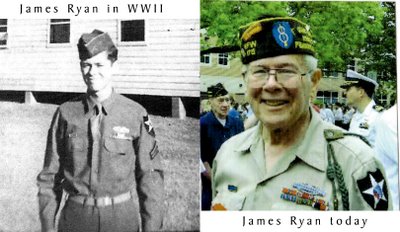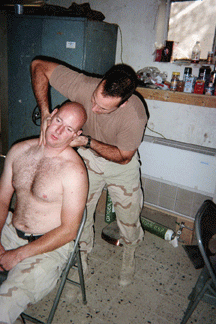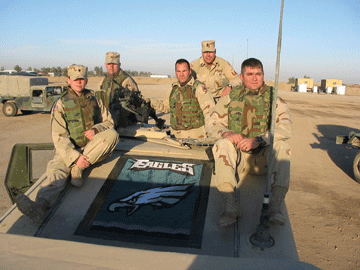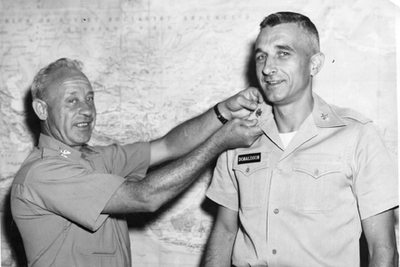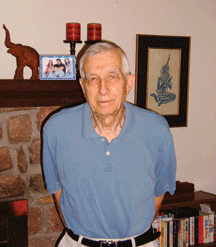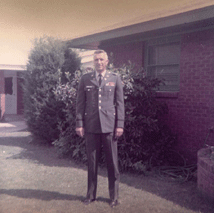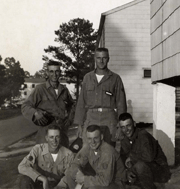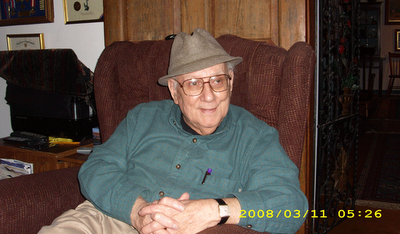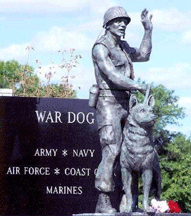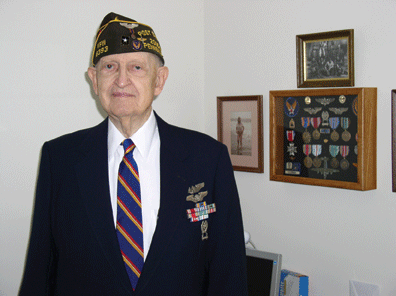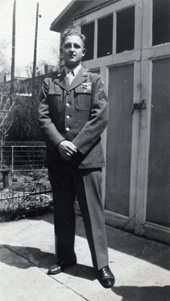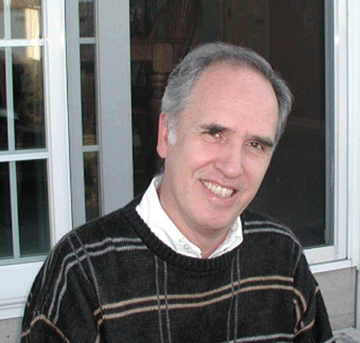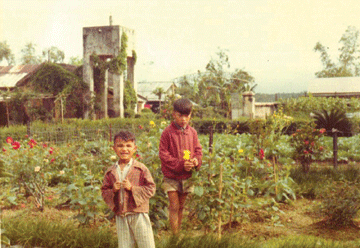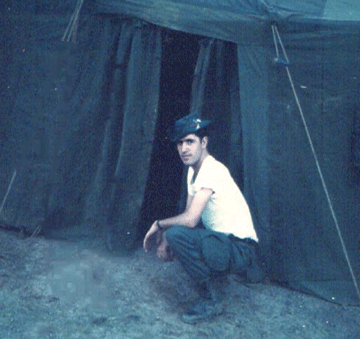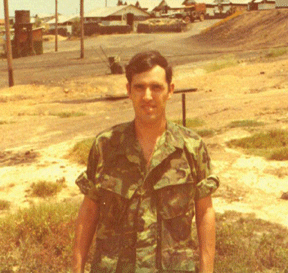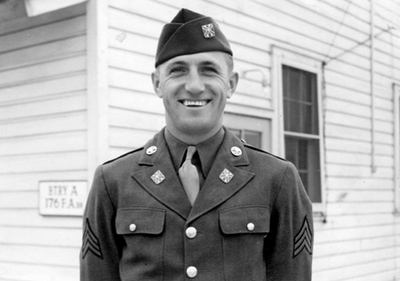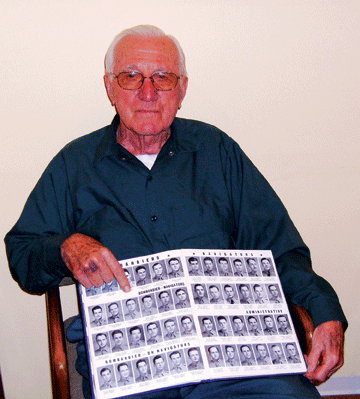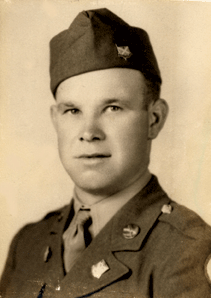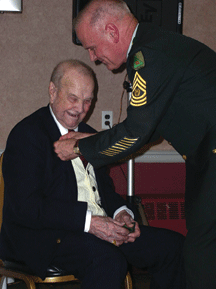Isadore 'Izzy' Brosbe
WWII Vet ate ice cream in order to serve his fellow man.
BucksLocalNews.com
Isadore Brosbe, more affectionately known as “Izzy,” has been known throughout his life in Bristol Borough as a local, friendly pharmacist in town, serving residents for the past 61 years.What many do not know about Izzy is that he was also a pharmacist in the United States Army. However, Army T-4 Sergeant Brosbe does not have fond memories of being stationed overseas in his field hospital outfit, which he describes as being “like a M.A.S.H. unit.”
Izzy’s entrance into the United States Armed Forces was not too simple, as the Burlington High School graduate was turned away by the U.S. Navy when he first applied.
A small, young man, Brosbe was turned away because he was 20 pounds under the required minimum weight limit. This would not stop Brosbe, however.
Upon learning that he was a bit too thin to help defend his country, Izzy approached the first hurdle of his military career, loading himself with an extreme amount of calories.
Brosbe went home and began a streak of drinking gallons upon gallons of milk-shakes and eating a large amount of banana splits.
Soon enough, Izzy had packed on the much needed pounds and now enlisted in the U.S. Army.
Brosbe served as an Army pharmacist in both North Africa and the China Burma India Theater.
According to Izzy’s wife of 62 years, Harriet, “He doesn’t like rice to this day.”
Brosbe and his men spent many of their military days flying over “the Hump.”
In World War II, the Hump was the name given by Allied pilots to the eastern end of the Himalayan Mountains. Here, American forces flew from India to China to resupply the Flying Tigers and the Chinese Government of Chiang Kai-shek. The region is noted for high mountain ranges and huge parallel gorges, and transverses the upper regions of the larger rivers of South-East Asia.
Izzy and company also flew over northwestern Burma, which was heavily patrolled by enemy Japanese forces.
Brosbe recalled the various types of geographical locations and weather conditions he faced, while in the Army, though according to him he “only suffered minor injuries, nothing major.”
Brosbe also had many connections to the military, aside from his own membership.
Izzy’s younger brother, Edwin, joined the U.S. Army just months before the Japanese attack on Pearl Harbor in 1941. Four years younger that his big brother, Edwin currently lives in Oregon and is retired from his job as a Veterans Administration research bacteriologist.
Bacteriologists study and investigate a group of single-celled micro-organisms that are classed as bacteria. Edwin’s job may have included designing and conducting experiments, understanding health and safety issues, making observations and drawing conclusions, writing reports and scientific papers and presenting papers at scientific meetings and conferences.
Izzy’s youngest daughter Geri was taught art by renowned local sculptor Joseph Pavone, who was profiled on this very page before as a local veteran hero.
Upon returning home from his military service, Izzy owned Brosbe’s Drug Store in Bristol Township from 1948 until 1986, before selling the business.
One of Brosbe’s most famed customers was none other than Bristol Borough’s most prolific politician, Senator Joseph R. Grundy.
Izzy often tells a story about the time Senator Grundy took him to his side of the political spectrum.
Often referred to as “Mr. Republican,” Senator Grundy asked Brosbe if he was registered to vote.
After telling the Bristol legend that he was not, Grundy replied by asking what time the drug store opened up.
After Izzy told Grundy that he opened at 7 a.m., Grundy said, “You’re opening up at 9 a.m. My driver will be downstairs at 7 a.m. in the Buick to take you to Doylestown to register Republican.”
And the rest is history.
And despite your affiliation with either political party, this story relays the message that Grundy often had for society: to truly care and be active in both local and national politics.
This is what Brosbe did. He was a great citizen at home and a hero overseas.
 RSS Feeds
RSS Feeds



